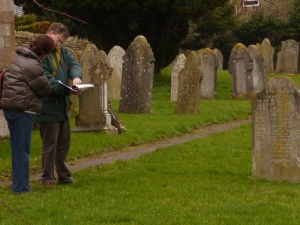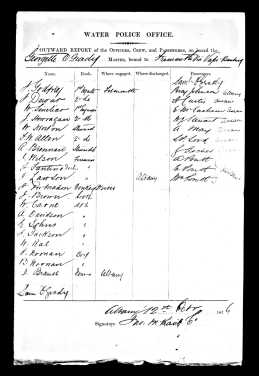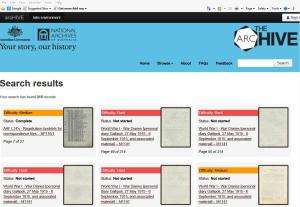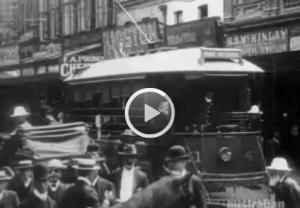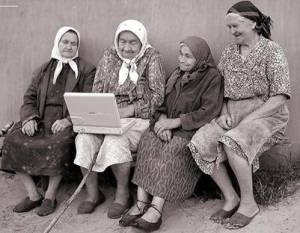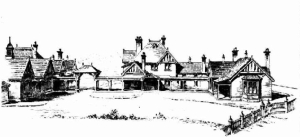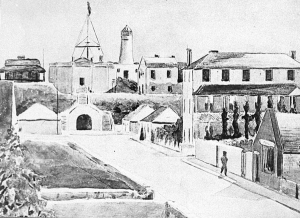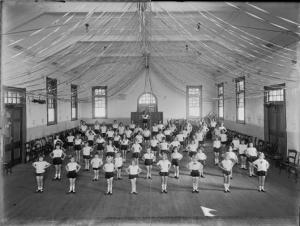GGG Grandfather Benjamin Eaton was from the village of Woodford, Northamptonshire, on the banks of the River Nene.
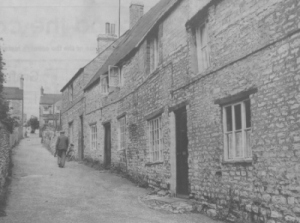
Bakehouse or Bakers Lane, Woodford
Woodford is a small village, with a general store and a few other stores, a school and a church but is essentially the same as it was in the 1800s. About 60 miles from London.
The Eaton family lived in Bakehouse Lane, which later became known as Bakers Lane. Benjamin’s father John was a labourer and shoe maker.
John had 5 children: Benjamin b1817, William b 1819, Elizabeth b1824, Rebecca b 1826 and Mary Ann b1832.
Benjamin was to be found guilty of setting a haystack on fire in 1851 and sent to Australia as a convict on the ship Dudbrook in 1853.
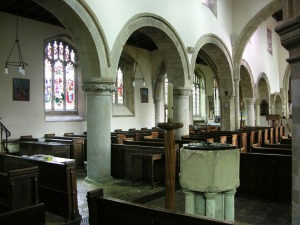
St Marys Church, Woodford
Quite close to the Eaton family home was the parish church. St Marys was built in the 12th century in a Norman style.
Generations of Eatons have been christened in the ancient baptismal font, and married by the local minister.
The village has a website with photographs and notes about the history of Woodford.
Today the village hosts 1400 people and while many of the old houses have been demolished, quite a few remain.
I visited Woodford in 2011 and while I couldn’t identify the exact house the Eaton’s lived in, I enjoyed seeing the old church and village green, devouring the yummy soup in the pub and a tour by the very kind Paul Bird.
